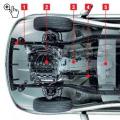Sensor idle move refers to the important subsystems of any car, because it depends on it so that the speed is stable, the car does not stall when the gearshift lever is in an intermediate state.
Let's talk about why the VAZ 2110 idle speed sensor sometimes fails, the engine speed floats, and how to deal with it.
Value
The sensor, it is also the idle speed regulator on the VAZ injector, is designed to control the stability of the engine. Except that no one will be happy if the engine floats when on idle speed, or even stalls, there is another reason why this regulator should work without failures.
This is the need to warm up the engine in cold weather. Although it is generally accepted that if an injector is installed on the machine, then the engine does not need to warm up, but this is a false opinion, and it is better not to "tear" the engine, but first let it work a little without giving it high revs.
Device and location
Quite a simple detail - an idle speed regulator, which looks like a small electric motor. It consists of only three parts: springs; a stepper motor and a rod with a needle at the end.
The regulator is located near the mechanism that changes the position throttlebolted.
Operating principle
It is the idle speed regulator that is responsible, like the injector, for supplying more or less fuel, but precisely when idle turns on.
This happens by pulling in, or vice versa, extending the stem needle. It is the needle that blocks the special channel to one degree or another.
Malfunction symptoms
Consider the main signs indicating that the sensor is faulty:
- Idling speed float;
- The engine starts poorly even if the gas pedal is depressed;
- The engine is warmed up, but the speed does not increase;
- The engine suddenly stalls when in neutral;
- The turnover falls if you turn on devices that consume a lot of energy: stoves, headlights, air conditioners, radio tape recorders.
However, there is no need to immediately run for a new sensor. Replacing it will not work if the reason is different: for example, it can be candles or a fuel filter.
Functional check
We have already said where the sensor is located. The first step is to find it and remove the block with wires. On the VAZ 2110, you must first unscrew the fasteners of the throttle assembly, then displace the entire assembly by about 10 mm.
Check with a voltmeter if the voltage is suitable for the sensor. To do this, you must first connect the negative terminal of the battery to ground and connect a voltmeter to terminals A and D (they are usually marked), after that:
- If the voltmeter shows less than 12V, this most likely indicates that there is no battery charge;
- If it does not show anything, faults should be looked for in electronic unit control or in a circuit;
- With readings of 12V or more, you need to check directly the regulator, more precisely, its resistance;
- We connect a tester to the four terminals, which should give a total resistance reading of 50 or 55 ohms.
Checking in pairs should give infinitely high resistance. If the idle sensor on the VAZ 2110 (injector) gives different readings, then it needs a replacement.
You can also test the regulator in a different way: remove the sensor and connect the connector. Pressing the needle with your finger, watch its advance. When the ignition is turned off, there should be a push of the needle.
If everything is normal, then usually the speed does not float and the sensor itself is in working order. If there is no jolt, you can try cleaning the mechanism.
This is done using a special cleaner called WD-40. They very carefully, with the help of a cotton swab, clean everything that is possible in the sensor.
Especially carefully - the stock, as well as the needle. But if that doesn't work, a replacement is needed.
Replacement procedure
Replacement is made in the following order:
- De-energize on-board system by removing the negative terminal, which is located on the battery;
- Disconnect the block from the sensor. For a VAZ injector, this is done by pressing the plastic retainer;
- We unscrew the two screws, and it is recommended to first unscrew the left mount, then the right one;
- The regulator is now removed and there is no problem replacing it with a new one;
- Before installation, it is advisable to smear oil on the O-ring. See if there are even the slightest cracks on the ring, in which case it must be changed;
- There is also no difficulty in the calibration procedure, everything will be done by an electronic relay. You just need to turn on the ignition for a few minutes and then turn it off. After that, the revs usually no longer float, and the car runs smoothly.
The sensor, or rather, the idle speed regulator (IAC) ensures that the engine speed is maintained in the absence of pressing the gas pedal (the throttle valve is fully closed). Idle speed adjustment on injection engine is in many ways similar to the same operation on carburetor engine... After all, speed control is achieved by changing the amount of air that enters the cylinders.
Unlike the carburetor, where the idle speed depends on the position of the throttle valve and the idle system jets, in injection engines the idle speed is adjusted by changing the amount of fuel and air entering the cylinders. The controller reads the position sensor crankshaft (), determining with its help the engine speed. If the engine speed falls below the set value, then a tapered needle is drawn into the idle speed sensor (regulator), blocking the air flow into the cylinder. An increase in the amount of air that the motor consumes is reflected in the readings of the mass air flow sensor (MAF). And according to these readings, the controller determines the optimal amount of fuel.
Idle sensor diagnostics
The regulator is installed on the throttle body, immediately below the (DPDZ). This arrangement is the same on all VAZ models, from the injection classics to Granta and Vesta. The reasons for checking the regulator are different - floating idle speed, the engine stalls in neutral gear, or for no reason sharply picks up or drops off speed, while on-board computer does not show TPS faults. Many people ask where the idle sensor is located, the answer to this question is in the diagram below.

Check the IAC only with the engine off. The check is carried out in four stages:
- Checking engine operation. It is necessary to determine if the problem extends to other modes of engine operation. The best way to do this is to quickly accelerate a car on a landfill or a free section of road without speed limits. If the car is not lost in dynamics, then the problem is in the IAC. If the car starts to accelerate worse, it is necessary to carry out a comprehensive check of the motor.
- After making sure that the problem is in the IAC, you need to check the power circuit. To do this, remove the connector with wires from the sensor. On engines with a volume of 1.6 liters, this will require unscrewing two bolts and moving the throttle body away from the receiver. With the ignition on, measure the voltage first at pins A and B, then at C and D. The voltage must be over 12 volts. If there is no voltage, or it is noticeably less, it is necessary to carry out a serious wiring diagnostics, for which it is advisable to contact an experienced auto electrician.

- After making sure that the problem is in the IAC, it is necessary to remove it from the engine, for which you will have to unscrew two bolts. On some models, VAZ IAC is planted on varnish, so you will have to remove the throttle body (at the same time you can check and clean it) and remove the regulator from it. Having removed the IAC, measure the resistance on contacts A and B, then on C and D. It should be equal to 50 - 80 ohms. Then measure the resistance between A and C, then B and D. It should be at least 15 megohms. If the resistance does not match, it is advisable to replace the regulator, because the problem is in the coils of the electromagnet that drives the needle. Also carefully inspect the contacts on the sensor and block. If there is even a slight suspicion of dirt or oxides, treat them with a contact cleaner (spray), then dry with compressed air.
- After making sure that the contacts and resistance of the sensor are in order, proceed to the functional check. Insert the block into the sensor connector, turn on the ignition and press your finger lightly against the tip of the IAC needle. Ask the assistant to turn off the ignition. If the sensor is working properly, you will feel a prick and the needle will protrude from the body by at least 5 mm. Turn the ignition on and off several times to make sure the regulator fully extends and extends the needle.
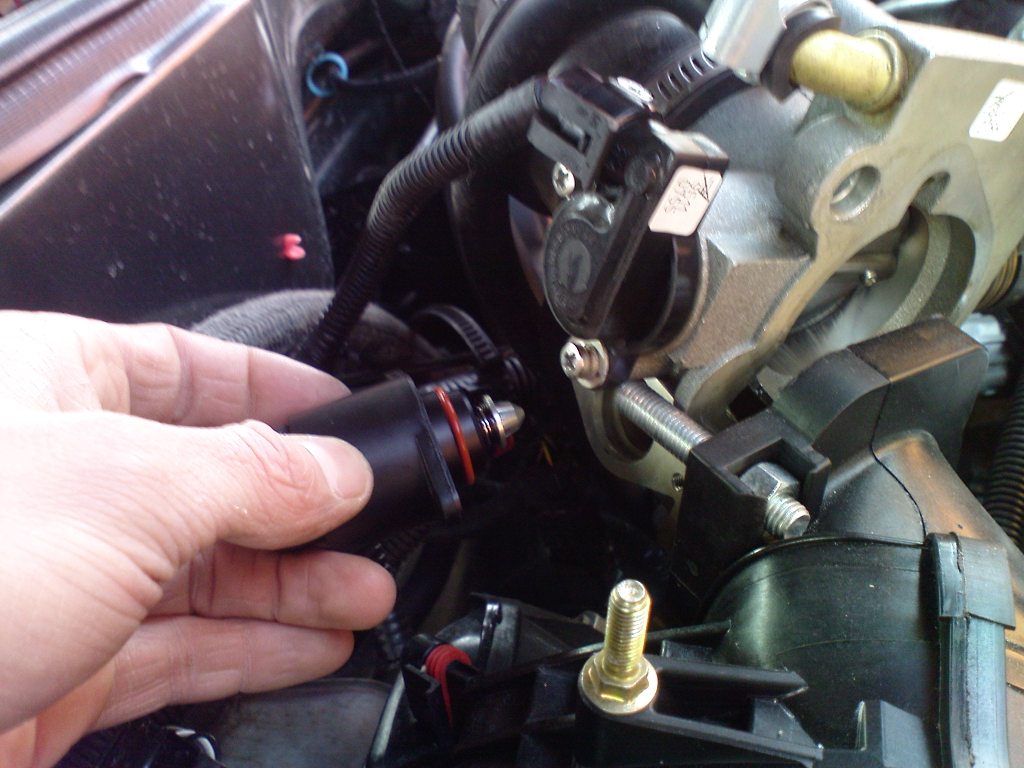
Replacing the idle speed controller
The design of the IAC is such that in case of any malfunction of the mechanical or electrical part, the regulator must be replaced. Attempts to repair help to eliminate the problem for a while, but after 1 to 3 weeks it comes back again. When buying a regulator, keep in mind that models for various engines not interchangeable. Therefore, select the sensor not by the type of engine (the seller may make a mistake), but by the catalog number, which is indicated on the regulator body. Replacing the regulator is not difficult. Remove the old IAC as described above, then install the new one and connect the wiring harness.
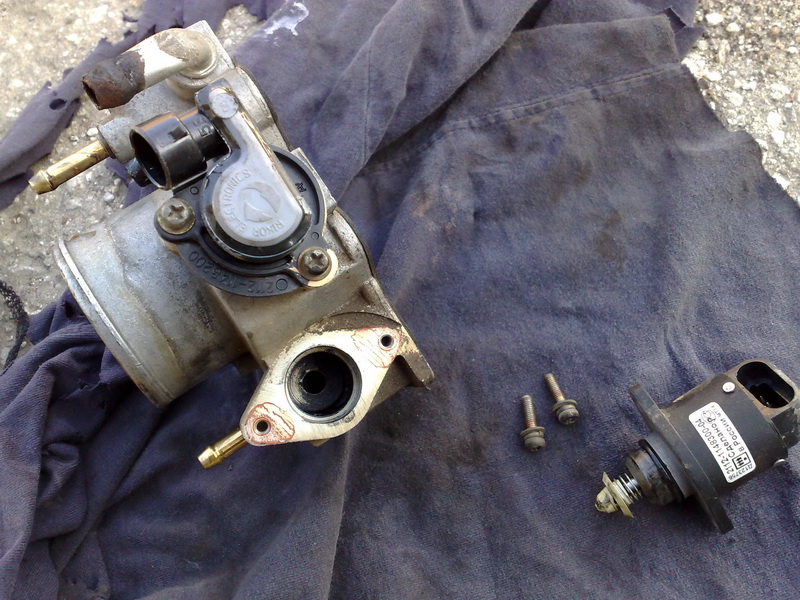
If this does not work, disconnect from the receiver and the branch pipe and remove it. Replace faulty IAC and refit the throttle body.
Video - Replacing a sensor on a VAZ 2110
Asks: Vinokurov Ivan.
Essence of the question: I want to replace the idle sensor, but I don’t know where it is?
Good afternoon, I recently had this problem. When I stop at a traffic light! Friends say that there may be a reason in the idle sensor, but I don't know where it is. Please tell me how to find it and how to solve my problem?
Idling sensor or, in other words, idle speed regulator ( IAC - approx.) Is designed for stable engine operation when the gas pedal is released. It is this device that provides the minimum supply of air and fuel when the car is stationary and idling.
The following two tabs change content below.
I own a Renault Megan 2 car, before that there were Citroens and Peugeots. I work in the service area of \u200b\u200ba dealership, so I know the car's structure "inside and out." You can always ask me for advice.
The incorrect operation of this sensor can be recognized by several criteria, and if one of them occurs in the operation of your car, you can safely start cleaning it, or buy a new one in the store. So, the most common symptoms that occur during the failure of the idle speed controller:
- Starting the engine is quite difficult without the aid of the gas pedal, either.
- When the vehicle is stopped, the idle speed floats.
- When shifting gears, the revolutions either drop to the "0" mark, or near this value.
- In cold weather, the engine does not pick up more than 1500 rpm on "cold".
- During start-up of devices, light, stove, heating and other devices, the speed "sags".
- The engine speed either rises or falls spontaneously, or stops at values \u200b\u200bexceeding the norm.
So, let's figure it out and understand where this sensor is located and how to properly dismantle it.
Replacing the idle speed sensor (video)
Dismantling of IAC
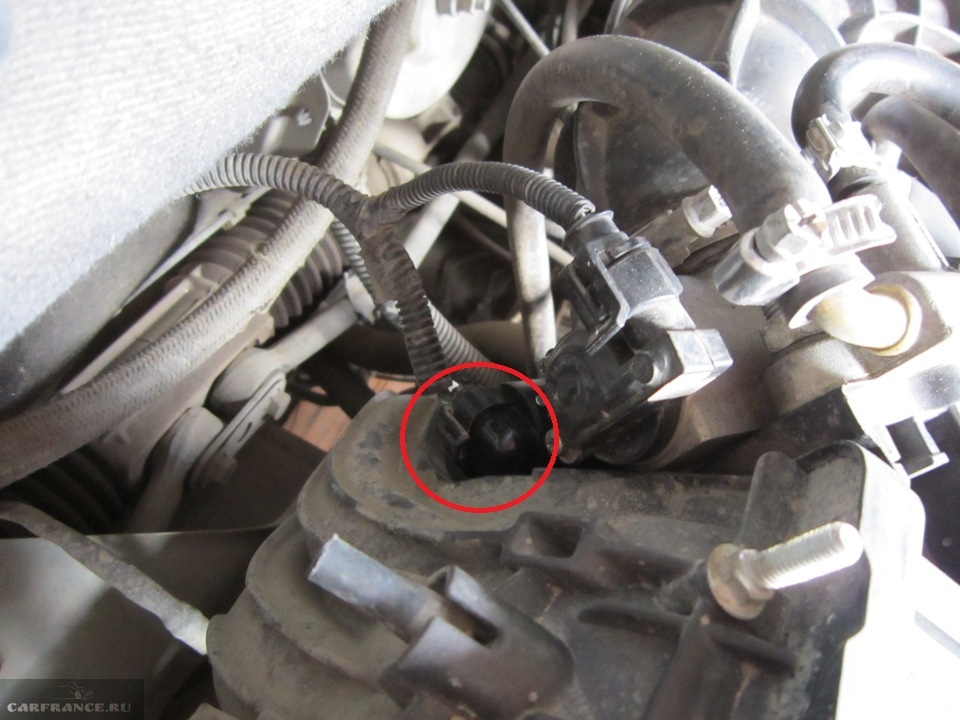
IAC inspection
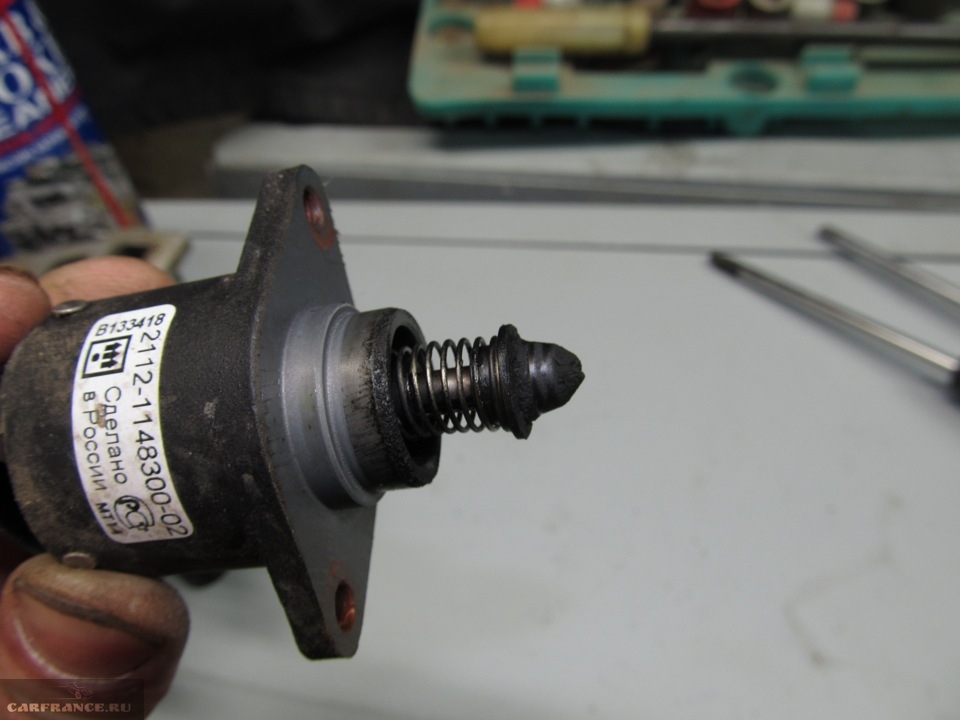
Assembling the IAC
After the device is cleaned or replaced with a new one, we assemble it in the same manner as for removal. Remember to connect the wiring harness to it and check that it is properly secured.
conclusions
Attention!
After installing a new idle speed controller and starting the engine for the first time, the revs will rise to 2000 rpm. However, you should not be intimidated by this, thus the device is configured for the correct mode of operation in the car and everything is corrected after the engine is turned off and started again.


